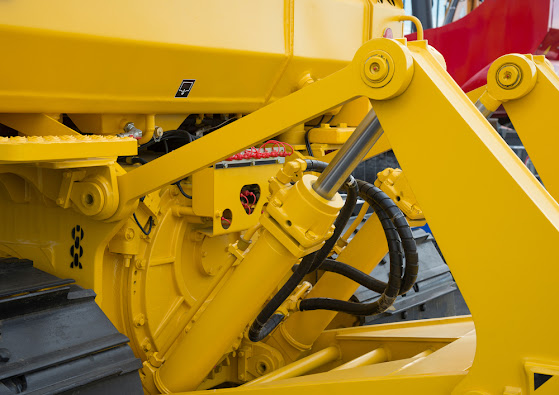Mastering Your Hydraulic System: Single-Acting, Double-Acting, or Both?
Hydraulic systems are vital in many industries, including oil and gas production, transportation, and storage. Regarding hydraulic actuators, there are two main types: single-acting and double-acting. Both have unique benefits and applications, but which suits your system?
-> This guide will explore the differences between single-acting and double-acting hydraulic systems and why you should consider using both.
First, let’s define the two types. Single-acting hydraulic systems use pressure to move a piston in one direction only. This is achieved by introducing hydraulic fluid into one side of the piston while allowing the other side to vent. On the other hand, double-acting hydraulic systems can move the piston in both directions by introducing hydraulic fluid to either side of the piston.
So, why choose one over the other? Single-acting hydraulic systems are more straightforward and less expensive than double-acting systems, making them a good choice for applications where only one direction of movement is needed. They are also easier to maintain and repair, as fewer components are involved. However, they may not be suitable for applications where precise control over movement is required or where there is a risk of the system becoming stuck or jammed.
Double-acting hydraulic systems offer more precise control over movement and the ability to move the piston in both directions. This makes them a good choice for applications where precise positioning or training is required or where there is a risk of the system becoming stuck or jammed. They may be more expensive and complex than single-acting systems. Still, the added functionality may be worth it in specific applications.
But what about using both types of hydraulic systems in your operation? Combining single-acting and double-acting methods allows you to take advantage of both benefits. For example, you could use a single-acting hydraulic system for simpler movements and a double-acting system for more complex activities requiring precise control. This helps optimize your system for maximum efficiency and functionality.
One hydraulic actuator that incorporates both single-acting and double-acting functionality is the Neeco 925 series. This series of valves with piston actuators are designed to operate surface safety or shutdown valves on oil and gas wellheads, transmission, storage, manifold, or other applications requiring fail-safe capability. With a range of sizes, pressure ranges, and temperature ratings, the 925 series is a versatile choice for various applications.
Bottom line
Choosing the right hydraulic system for your operation depends on various factors, including the type of movements required, the level of precision needed, and the system's complexity. By understanding the differences between single-acting and double-acting hydraulic systems and considering their benefits, you can master your hydraulic system and optimize it for maximum efficiency and functionality.

Comments
Post a Comment